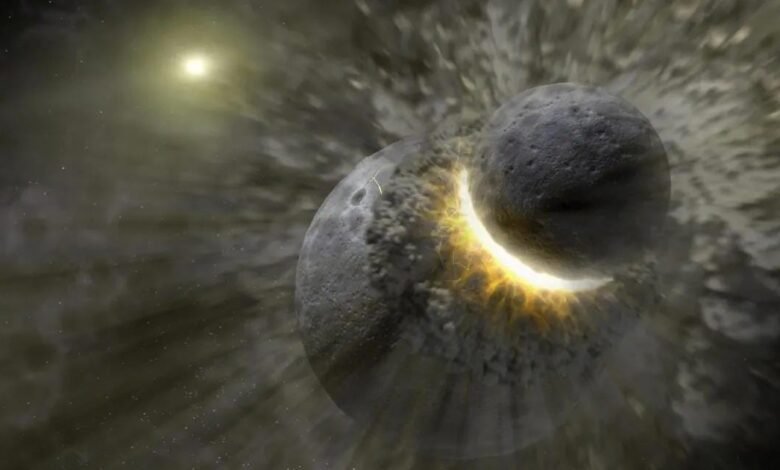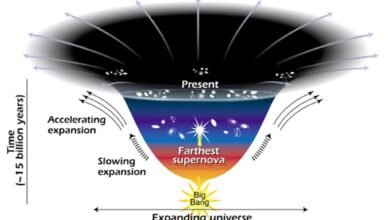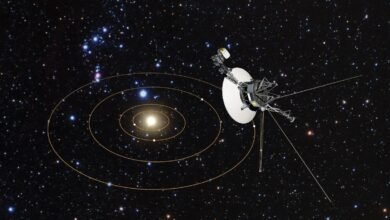
The Earth that exists today wasn’t formed simultaneously with the Sun and the other planets. In some ways, we’re quite a latecomer.
A little over 4.5 billion years ago, the seeds for planet Earth were put in place, right as the earliest parts of our Solar System began to form. Somewhere in the Milky Way, a large cloud of gas collapsed, giving rise to thousands of new stars and star systems, each one unique from all the others. Some stars were much more massive than our Sun; most were much smaller and lower in mass. About half came with multiple stars in their systems; about half the stars formed all by their lonesome, like ours did. As these proto-stars collapsed and cooled, the temperatures and densities rose in their cores. After crossing the threshold for nuclear fusion to ignite, our parent star, the Sun, was officially “born” as a living star.
But these newborn stars weren’t alone. Around practically every one of them, a large amount of matter had coalesced into a disk. Known as protoplanetary disks, these would be the starting points for each and every one of the planets that would eventually, stably form around these stars. With the advances in telescope technology that’s accompanied the past few decades, we’ve started to image these disks and their details firsthand, and see what planet-formation looks like in even its earlier stages. Shortly after the birth of our Sun, a planetary system formed around it, eventually leading to the modern Solar System. For the very first time, we’re directly learning how planetary systems like our own came into existence.
In theory, the process of forming planets around newborn stars is incredibly straightforward. Whenever you have a large mass, like a gas cloud, you can expect the following steps to happen:
- the majority of the mass gets drawn into a central region,
- where one or more large clumps will grow into proto-stars,
- while the surrounding three-dimensional gas collapses,
Source link






